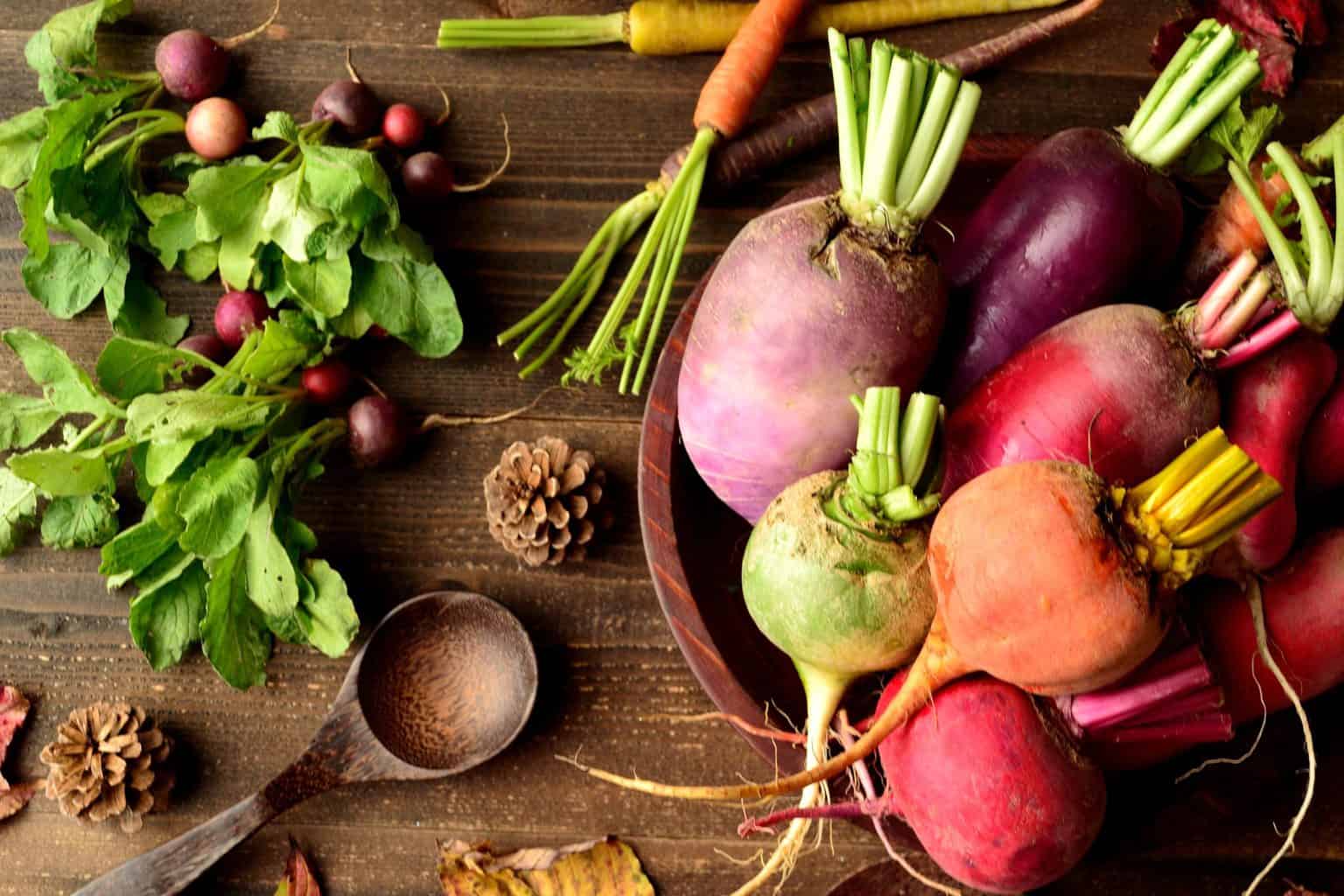Winter Vegetable Gardening Tips for Beginners: Cultivating in the Cold

As the days grow shorter and the air crisper, many novice gardeners believe it's time to hang up their trowels until spring. But what if we told you that winter isn't the end of your green thumb adventures, but rather a new beginning? Welcome to the world of winter vegetable gardening, where hearty greens and robust roots thrive under your care. Let's dive into the frosty yet fruitful realm of cold-weather gardening and explore essential tips for beginners.
Preparing Your Garden for Winter: The Canvas Before the Masterpiece
Before you start sowing, it's crucial to prepare your garden for the cold months ahead. Think of it like priming a canvas before painting a masterpiece.
Understanding Your Climate
First things first, you need to understand your climate. The USDA Plant Hardiness Zone Map is an excellent resource for this. Knowing your zone will help you choose the right winter crops.
Soil Preparation
Winter gardening requires well-drained, nutrient-rich soil. Add plenty of organic matter like compost or well-rotted manure to your beds. This will improve soil structure, drainage, and fertility.
Mulching Matters
Apply a layer of organic mulch to insulate your soil and protect plant roots from extreme temperatures. It's like tucking your plants in with a cozy blanket.
Winter Crop Selection: The Stars of the Show
When it comes to winter crop selection, it's all about choosing the right plants for the right conditions. Here are some cold-hardy heroes:
- Leafy Greens: Kale, spinach, and collards can tolerate temperatures as low as 10°F (-12°C).
- Root Vegetables: Carrots, beets, and turnips can withstand light frosts and even taste sweeter after a cold snap.
- Brassicas: Cabbage, broccoli, and Brussels sprouts thrive in cool temperatures.
- Alliums: Garlic and onions are tough cookies that can handle the cold.

Planting and Care: Nurturing Your Winter Garden
Now that you've prepped your garden and selected your crops, it's time to get planting.
Timing is Everything
Plant your winter crops at the right time. This usually means sowing seeds in late summer or early fall, giving them enough time to establish before the first frost.
Water Wisely
Water your plants deeply but less frequently in winter. Overwatering can lead to root rot, while underwatering can cause stress.
Frost Protection: Shielding Your Green Babies
Frost can be a formidable foe, but with the right protection, your plants can thrive.
- Row Covers: These act like lightweight blankets, protecting plants from light frosts.
- Cold Frames: These are like mini greenhouses, providing a warmer environment for your plants.
- Cloches: These are like little glasshouses that fit over individual plants, offering excellent frost protection.
Harvesting and Storing: Enjoying the Fruits (and Veggies) of Your Labor
Harvesting in winter can be incredibly satisfying. Many winter vegetables can be stored for weeks or even months if done correctly.
Harvesting Tips
- Harvest leafy greens continuously, taking only what you need and leaving the rest to grow.
- Pull root vegetables when they reach a usable size.
- Cut brassicas like cabbage and broccoli when heads are firm and well-formed.
Storage Solutions
- Store root vegetables in a cool, dark place, such as a basement or garage.
- Leafy greens can be kept in the refrigerator for up to a week.
- Brassicas can be stored in the refrigerator for several weeks.

Troubleshooting: When Things Go Wrong
Even with the best care, things can go awry. Here are some common problems and solutions:
- Yellowing Leaves: This could indicate overwatering or underwatering. Adjust your watering schedule accordingly.
- Stunted Growth: This could be due to insufficient light or nutrients. Ensure your plants are getting enough sun and consider adding a balanced fertilizer.
- Pests and Diseases: Even in winter, pests and diseases can be a problem. Keep an eye out for signs of trouble and treat promptly with organic or chemical controls.
Conclusion: Embracing the Magic of Winter Gardening
Winter vegetable gardening is a journey filled with wonder and reward. It's about defying the odds, nurturing life in the face of adversity, and reaping the delicious benefits. So, are you ready to embrace the magic of winter gardening? Remember, every expert was once a beginner. You've got this!
FAQs
What vegetables can survive winter? Many vegetables can survive winter, including kale, spinach, carrots, beets, cabbage, broccoli, Brussels sprouts, garlic, and onions.
How do you prepare soil for winter gardening? Prepare soil for winter gardening by adding plenty of organic matter to improve soil structure, drainage, and fertility. Also, apply a layer of organic mulch to insulate your soil.
When should you plant a winter garden? Plant your winter garden in late summer or early fall, giving your crops enough time to establish before the first frost.
How do you protect plants from frost? Protect plants from frost using row covers, cold frames, or cloches. These provide a warmer environment for your plants.
What should I do if my winter vegetables aren't growing? If your winter vegetables aren't growing, it could be due to insufficient light, water, or nutrients. Ensure your plants are getting enough sun, adjust your watering schedule, and consider adding a balanced fertilizer.
Happy gardening! Remember, every seed you sow is a step towards a more sustainable and delicious future.
0 Response to "Winter Vegetable Gardening Tips for Beginners: Cultivating in the Cold"
Post a Comment